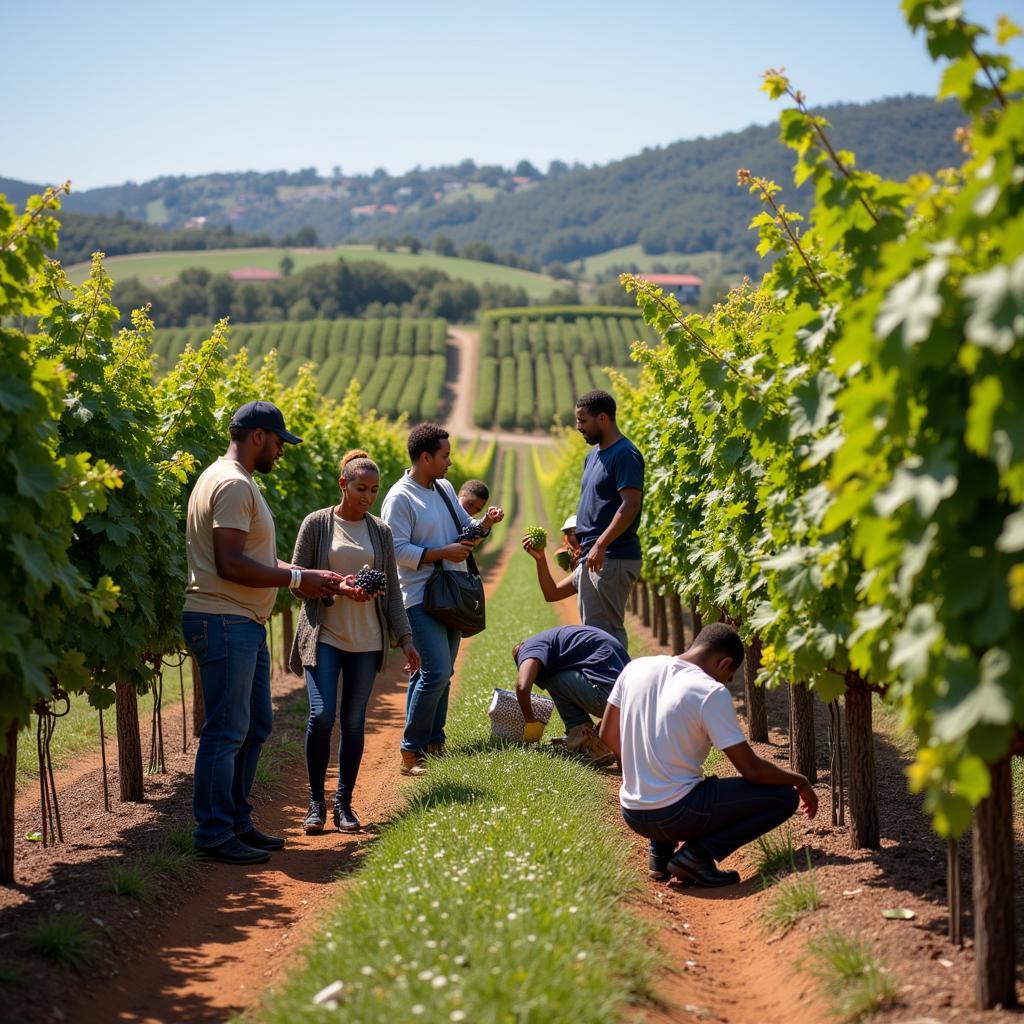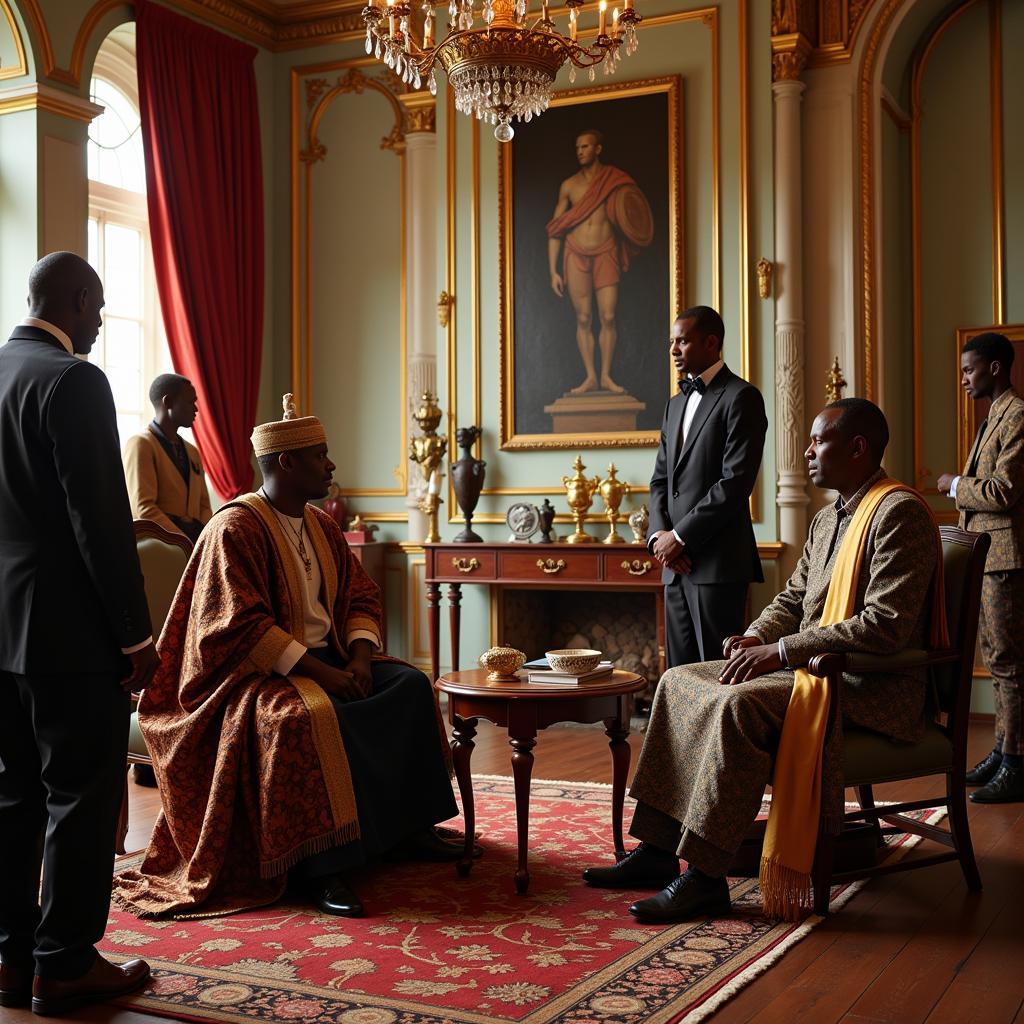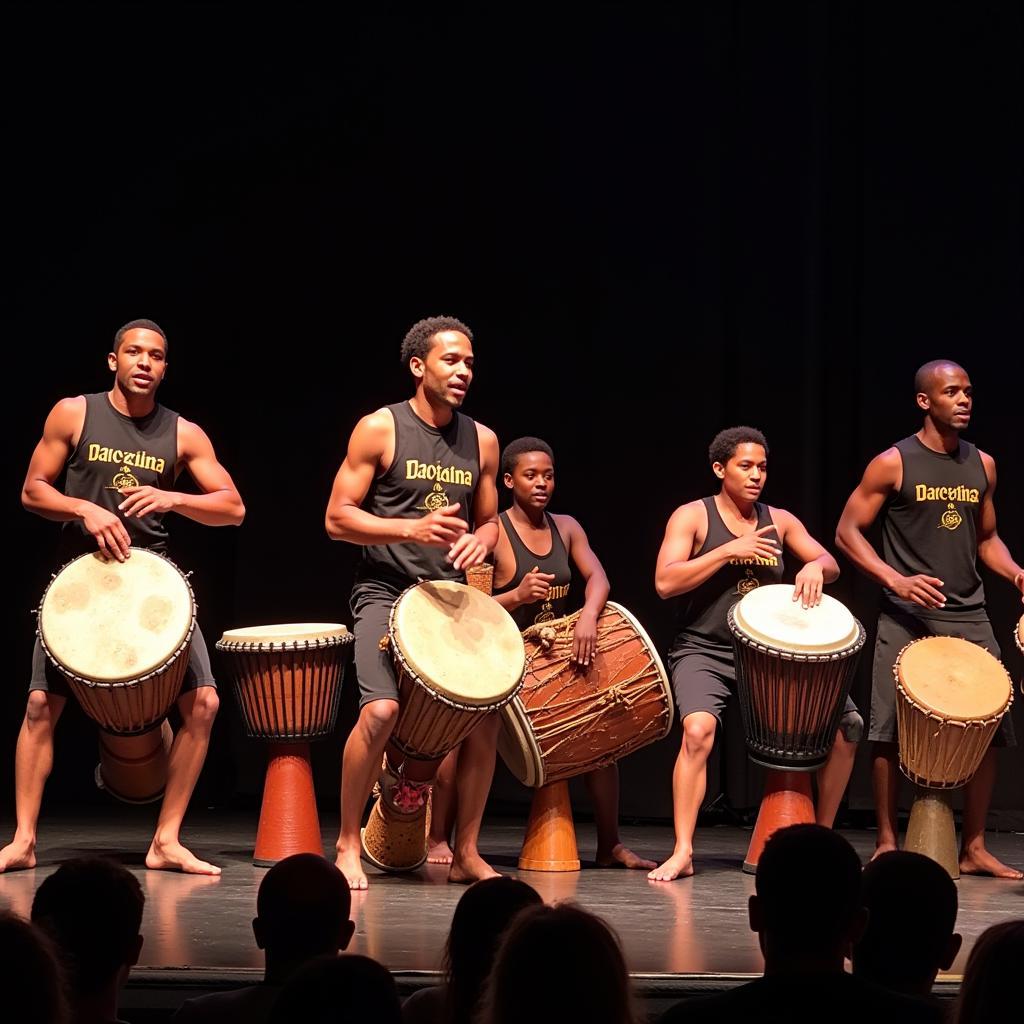Exploring the East African Community: A Journey Through Culture and Cooperation
The East African Community (EAC) is a vibrant tapestry woven from the threads of shared history, diverse cultures, and ambitious economic goals. This regional intergovernmental organization, established in 1967 and revived in 1999, represents a significant stride towards unity and prosperity in East Africa. From the bustling markets of Kampala to the serene landscapes of Tanzania, the EAC encompasses a wealth of experiences waiting to be discovered. We’ll delve into the heart of this dynamic community, exploring its history, achievements, and the challenges it faces in the 21st century.
A Historical Overview of the East African Community
The EAC’s journey began with a vision of shared progress, initially comprising Kenya, Tanzania, and Uganda. This first iteration, operational from 1967 to 1977, laid the groundwork for future cooperation. However, political and economic differences led to its dissolution. The dream of a unified East Africa was rekindled in 1999, with the Treaty for the Establishment of the East African Community marking a new chapter. Rwanda and Burundi joined the fold in 2007, followed by South Sudan in 2016, and most recently, the Democratic Republic of Congo in 2022, expanding the community’s reach and potential.
The revival of the EAC signifies a renewed commitment to regional integration, focusing on economic development, political stability, and cultural exchange. This commitment has manifested in several key initiatives, including the establishment of a customs union, a common market, and plans for a monetary union. These steps towards economic integration aim to create a larger, more competitive market, attracting foreign investment and boosting intra-regional trade.
The Pillars of the East African Community: Economy, Politics, and Culture
The EAC’s strength lies in its multifaceted approach, addressing not only economic matters but also political and cultural aspects of integration. The establishment of a common market allows for the free movement of goods, labor, and capital, fostering economic growth and creating opportunities for businesses and individuals alike. Furthermore, the EAC promotes political dialogue and cooperation among member states, addressing regional security concerns and fostering peaceful resolutions to conflicts.
Cultural exchange plays a vital role in strengthening the bonds within the community. The EAC encourages the celebration of the region’s rich and diverse cultural heritage, fostering understanding and appreciation among its people. This cultural exchange manifests in various forms, from art and music festivals to educational programs and cross-border tourism.
Have you ever wondered about the impact of cultural exchange within the EAC? It helps create a sense of shared identity and belonging, crucial for the long-term success of the community.
African dance moves costumes & history video
What are the Challenges Facing the East African Community?
While the EAC has made significant strides, it also faces several challenges. These include disparities in economic development among member states, infrastructure gaps, and non-tariff barriers that hinder trade. Addressing these issues requires concerted efforts and collaborative solutions, ensuring that all member states benefit equally from the integration process.
Another challenge is the need to strengthen democratic governance and human rights within the region. Promoting good governance and upholding human rights are essential for creating a stable and prosperous East African Community. This requires continuous dialogue and commitment from all member states.
The Future of the East African Community
The future of the EAC holds immense potential. By addressing the existing challenges and fostering greater cooperation, the community can unlock significant economic growth, enhance regional security, and strengthen cultural ties. The pursuit of a monetary union and further integration in various sectors promises to create a more unified and prosperous East Africa.
Dr. Amina Omar, a renowned East African economist, states, “The EAC’s potential is undeniable. By leveraging its collective strengths and addressing its weaknesses, the community can become a model for regional integration in Africa and beyond.”
african eastern international city dubai
How Does the EAC Benefit Its Member States?
The EAC offers its member states numerous benefits, including increased trade opportunities, improved infrastructure, and enhanced regional security. By working together, member states can achieve more than they could individually. The EAC provides a platform for collective bargaining and advocacy on the global stage, amplifying the voices of East African nations.
Professor Joseph Karanja, a political scientist specializing in East African integration, observes, “The EAC has fostered a sense of shared destiny among its member states. This shared purpose is crucial for overcoming the challenges and achieving the ambitious goals of the community.”
Conclusion
The East African Community represents a beacon of hope for a more integrated and prosperous Africa. The journey towards achieving its full potential is ongoing, demanding continued commitment and collaboration among its member states. The EAC embodies the spirit of unity and cooperation, paving the way for a brighter future for East Africa.
FAQ
- What countries are members of the East African Community? The EAC consists of seven member states: Burundi, the Democratic Republic of Congo, Kenya, Rwanda, South Sudan, Tanzania, and Uganda.
- When was the East African Community established? The EAC was initially established in 1967, dissolved in 1977, and revived in 1999.
- What are the main objectives of the EAC? The EAC’s primary objectives include promoting regional economic integration, enhancing political stability, and fostering cultural exchange.
- What is the East African Common Market? The East African Common Market allows for the free movement of goods, labor, and capital among member states.
- What are some of the challenges facing the EAC? Challenges include economic disparities among member states, infrastructure gaps, and non-tariff barriers to trade.
- What is the future of the EAC? The EAC aims to achieve further integration, including a monetary union, and to become a leading economic bloc in Africa.
- How can I learn more about the EAC? You can visit the official EAC website and various other online resources for more information.
Situations
You are a business owner looking to expand into new markets. The EAC offers a larger, more integrated market with significant potential for growth.
You are a student interested in learning more about East African history and culture. The EAC provides a fascinating case study in regional integration and cultural exchange.
You are a tourist planning a trip to East Africa. The EAC offers diverse landscapes, vibrant cultures, and incredible wildlife.
Suggested Readings
- The East African Community: Towards a Political Federation
- Understanding Regional Integration in East Africa
When you need support, please contact us at Phone Number: +255768904061, Email: [email protected] Or visit our address: Mbarali DC Mawindi, Kangaga, Tanzania. We have a 24/7 customer service team.




